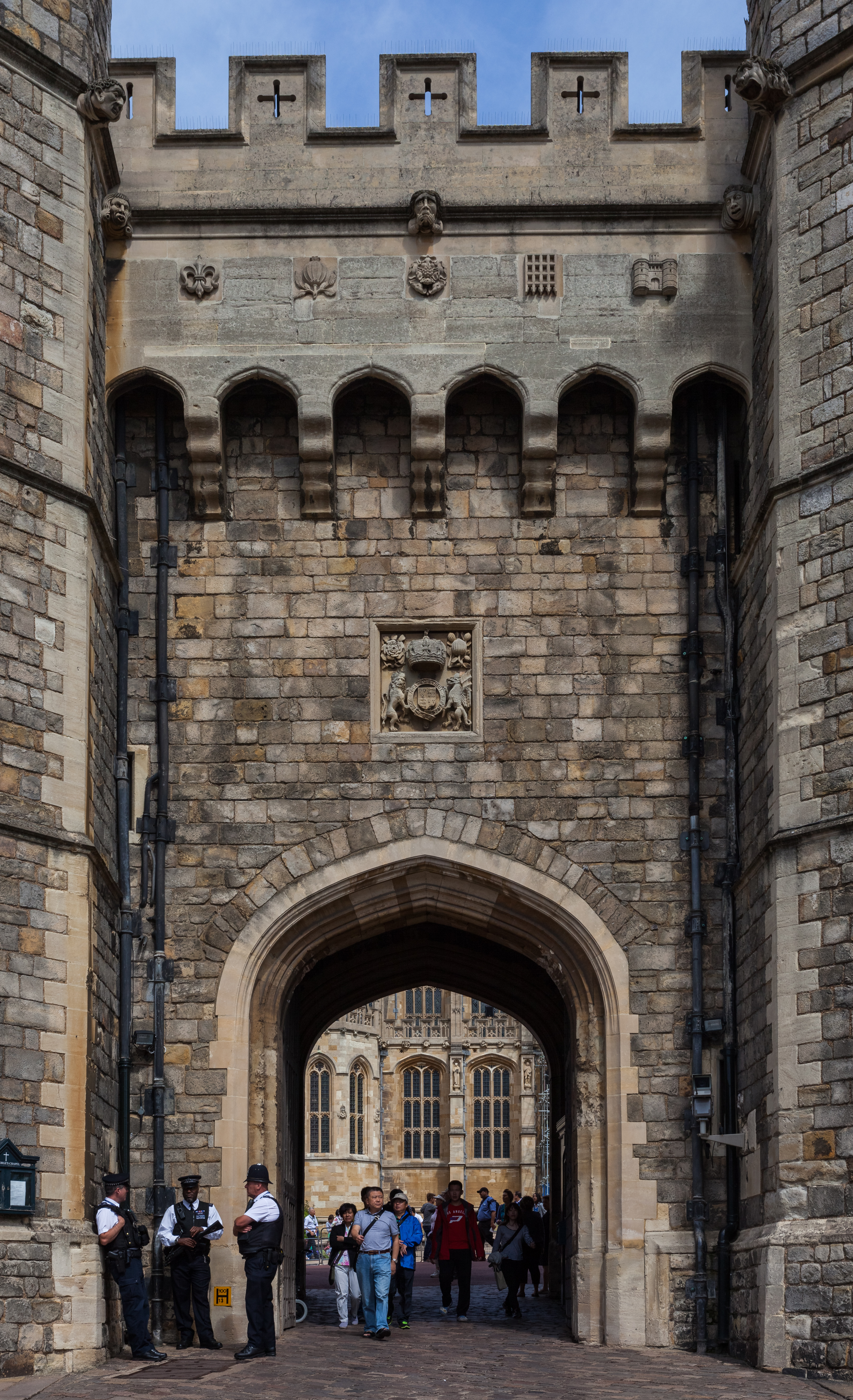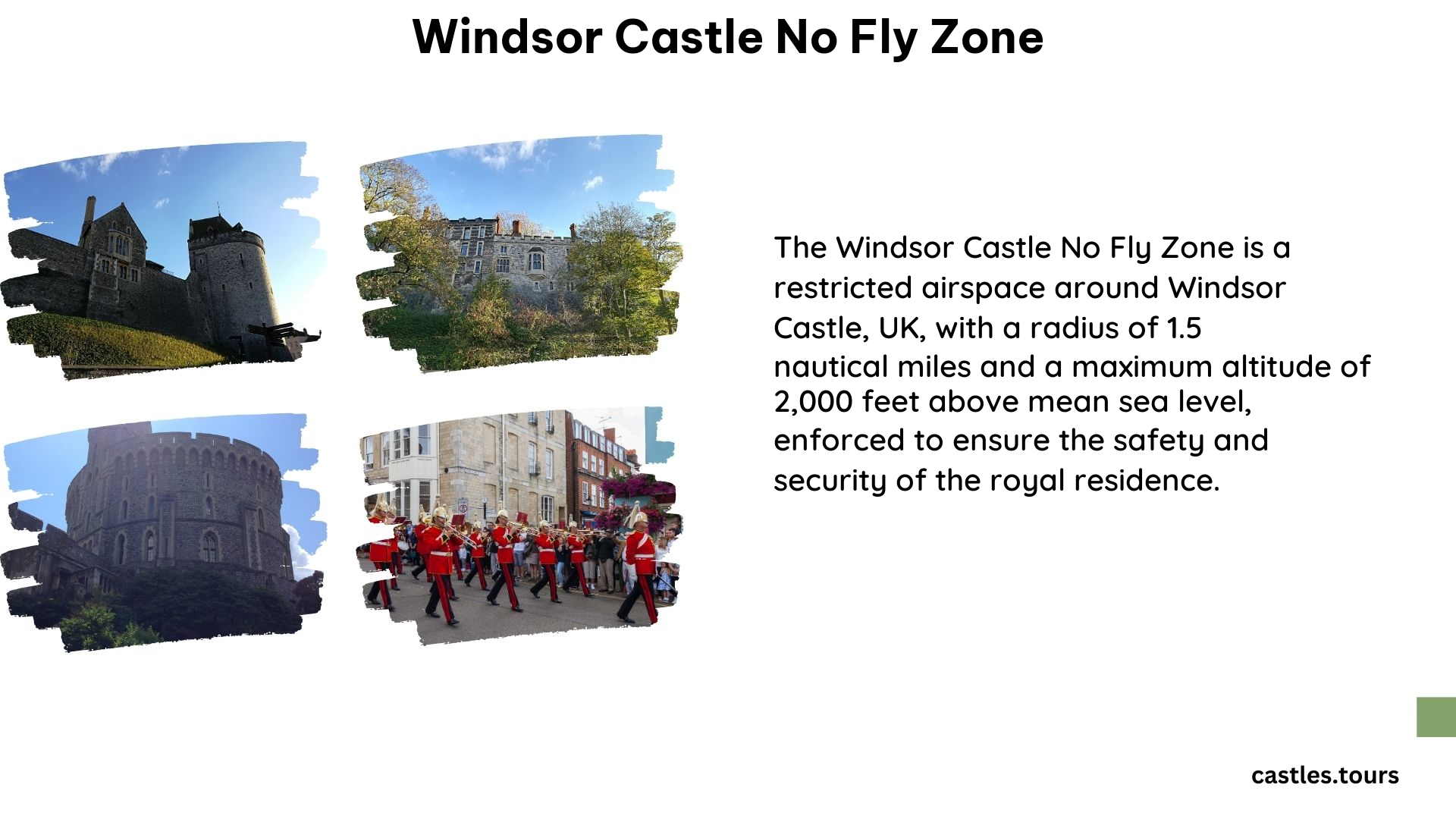The Windsor Castle No Fly Zone was implemented as part of a security review following a security breach on Christmas Day in 2021. This measure aims to further enhance the security around the royal residence and protect the local community.
What is the Windsor Castle No Fly Zone?

The Windsor Castle No Fly Zone is a restricted airspace that extends up to 2,500ft (760m) above the castle and covers a radius of 1.25 nautical miles (2.3km) around the royal residence. Any aircraft, including drones, within this restricted area will require special authorization or exemption to operate.
Why was the No Fly Zone Implemented?

The no-fly zone was implemented due to security concerns, particularly after a 19-year-old man was found with a crossbow at the castle on Christmas Day in 2021. This incident highlighted the need for enhanced security measures to protect the royal family and the local community.
The security review that led to the implementation of the no-fly zone was not in response to any specific threat or intelligence, but rather a general measure to improve security arrangements around Windsor Castle.
Key Details of the Windsor Castle No Fly Zone
| Detail | Specification |
|---|---|
| Radius | 1.25 nautical miles (2.3km) |
| Altitude | Up to 2,500ft (760m) |
| Effective Date | January 27, 2022 |
| Approval Authority | Civil Aviation Authority (CAA) |
| Breach Consequences | Prosecution |
Impact on Aviation and Local Community
The implementation of the Windsor Castle No Fly Zone has had an impact on aviation in the area. Pilots and drone operators must now obtain special authorization or exemption to operate within the restricted airspace.
This measure is intended to further enhance the security around the royal residence and protect the local community from any potential threats. The no-fly zone is part of a broader security review and is not in response to any specific threat or intelligence.
Exemptions and Authorization
While the no-fly zone is in place, there are provisions for exemptions and authorizations. Certain aircraft, such as those involved in emergency services, military operations, or authorized media flights, may be granted permission to operate within the restricted airspace.
Pilots and drone operators who need to fly within the Windsor Castle No Fly Zone must apply for an exemption or authorization from the relevant authorities, such as the Civil Aviation Authority (CAA).
Conclusion
The Windsor Castle No Fly Zone is a security measure implemented to enhance the protection of the royal residence and the local community. By restricting airspace around the castle, the authorities aim to mitigate potential threats and ensure the safety of the area.
While the no-fly zone may impact some aviation activities, the measure is necessary to address the security concerns that arose following the security breach on Christmas Day 2021. The implementation of the Windsor Castle No Fly Zone is a proactive step to safeguard the royal family and the surrounding community.
References
- Newsweek – Queen Elizabeth II: Windsor Castle No-Fly Zone Imposed Over Security Fears After Crossbow Incident
- BBC – Windsor Castle: No-fly zone imposed around royal residence
- BBC – Windsor Castle: No-fly zone extended to protect Queen
- Norfolk Aviation – Around the World in 6 No-Fly Zones
- Get Reading – No-fly zone imposed around Windsor Castle
